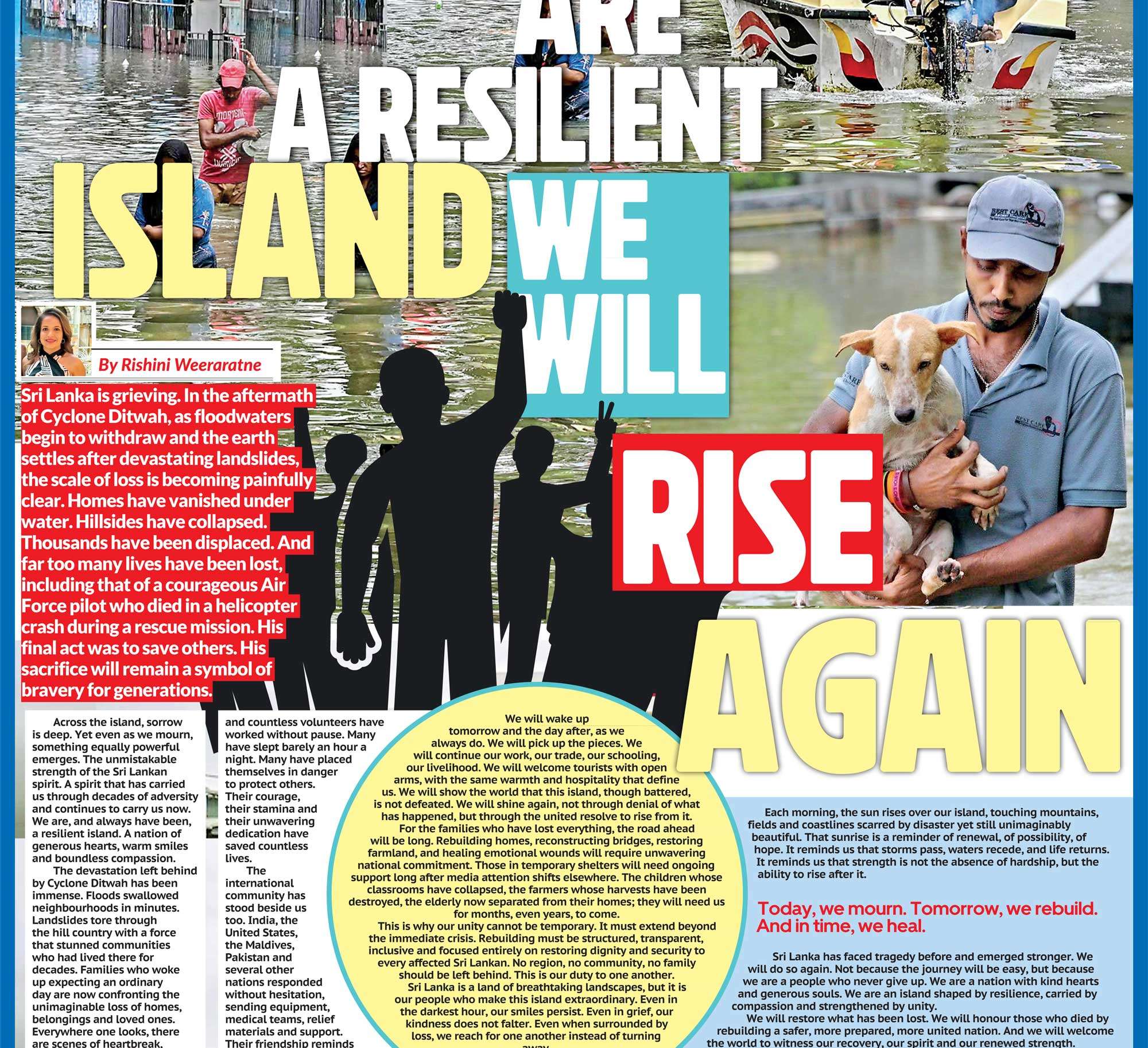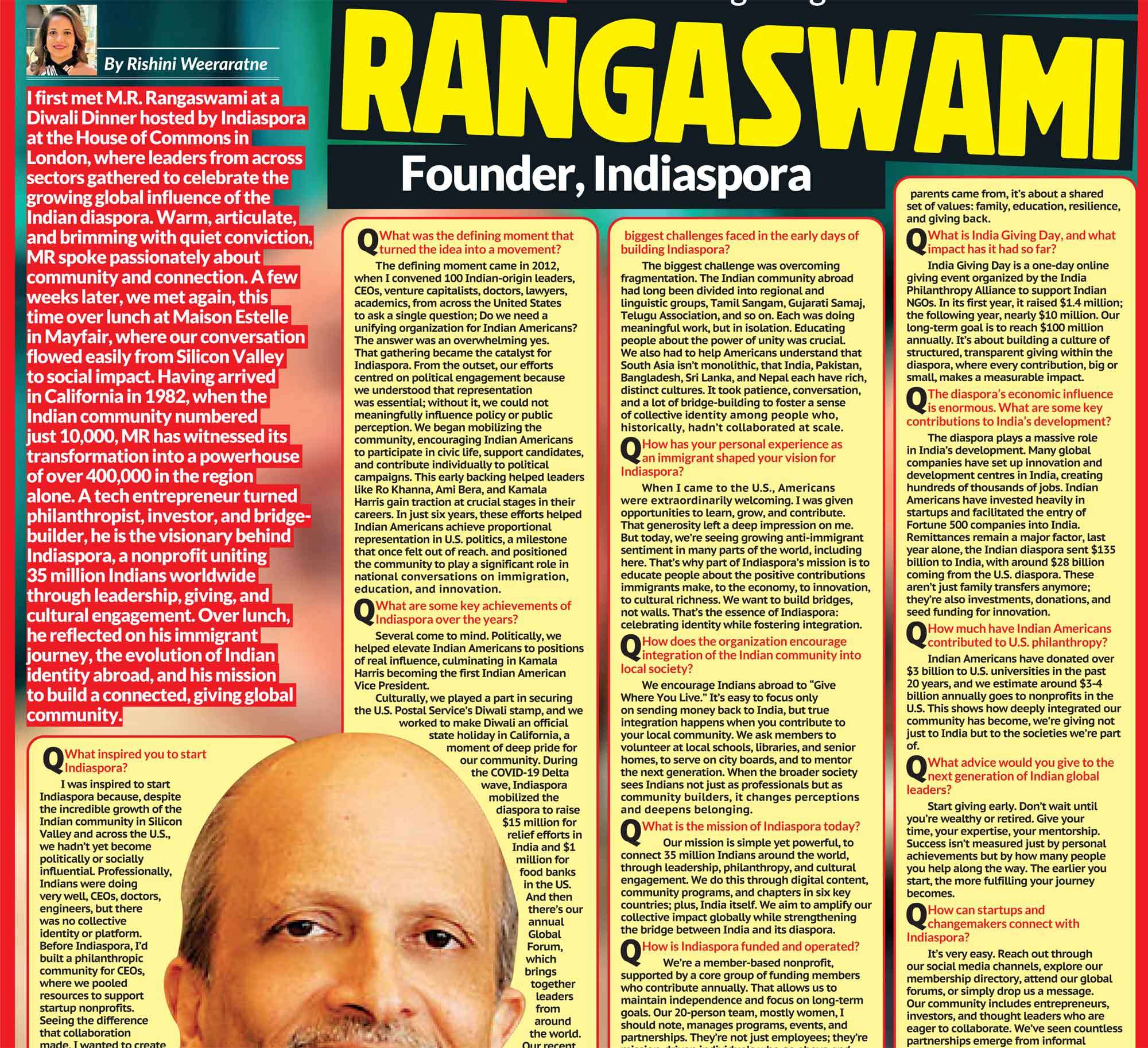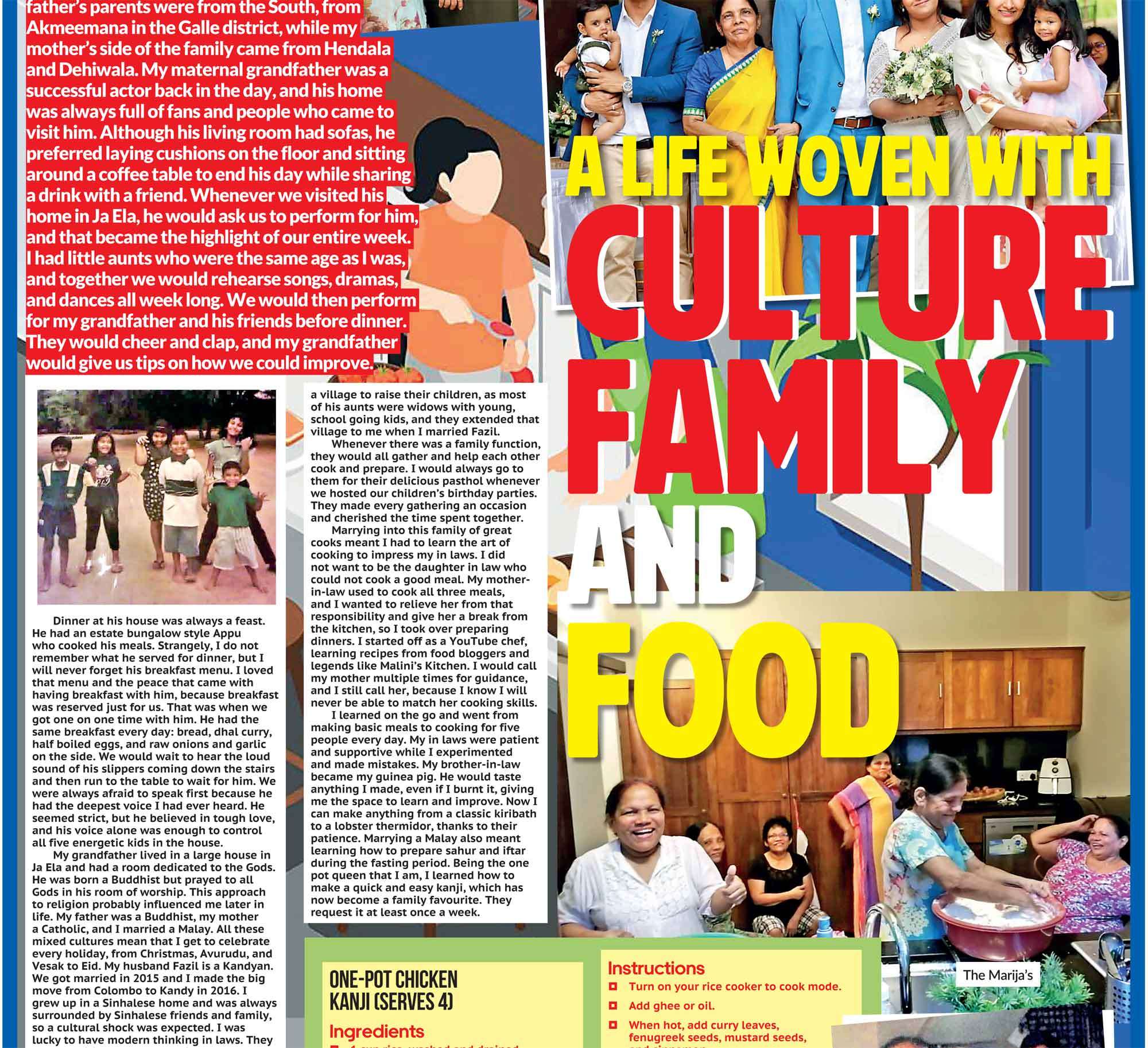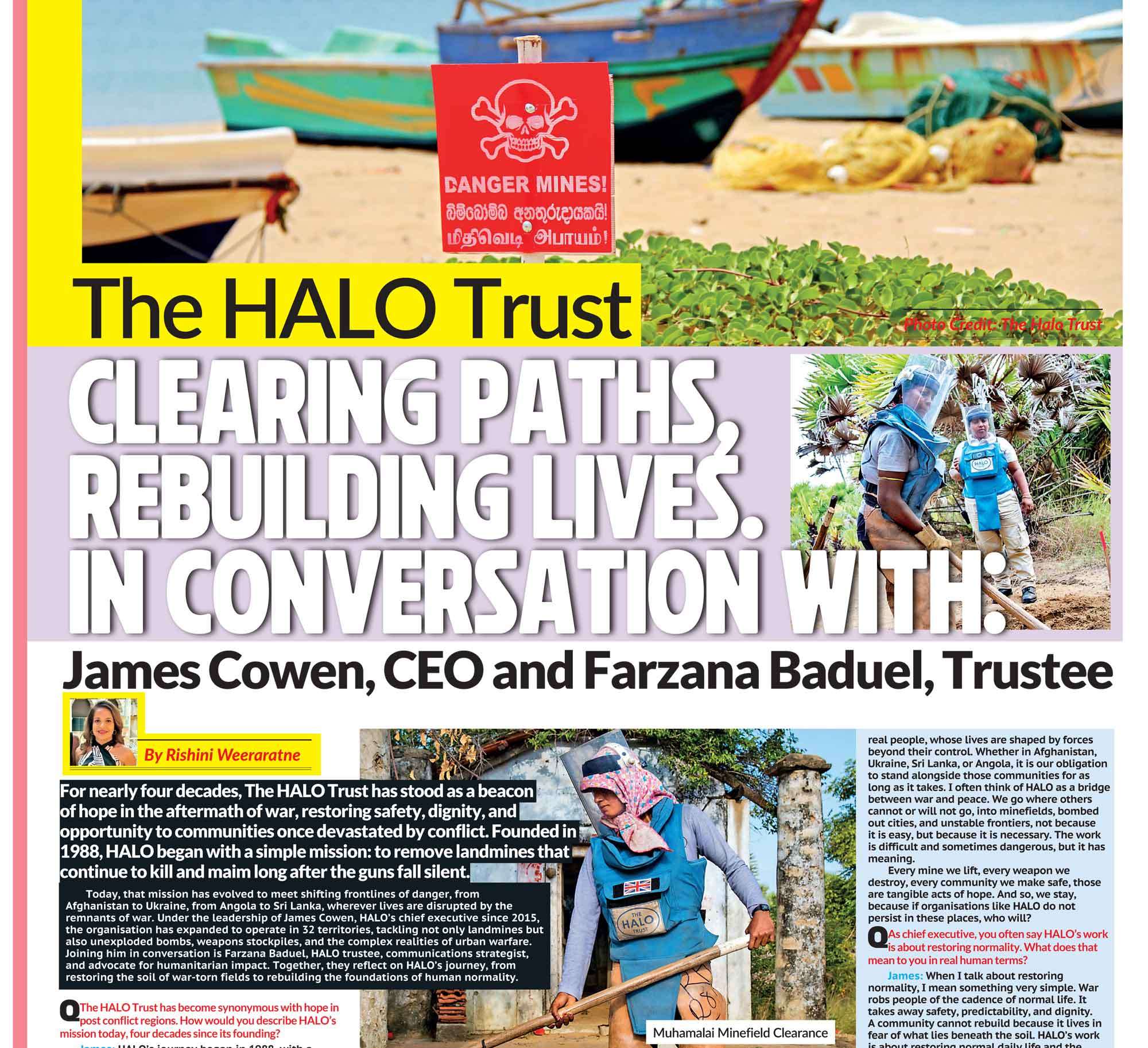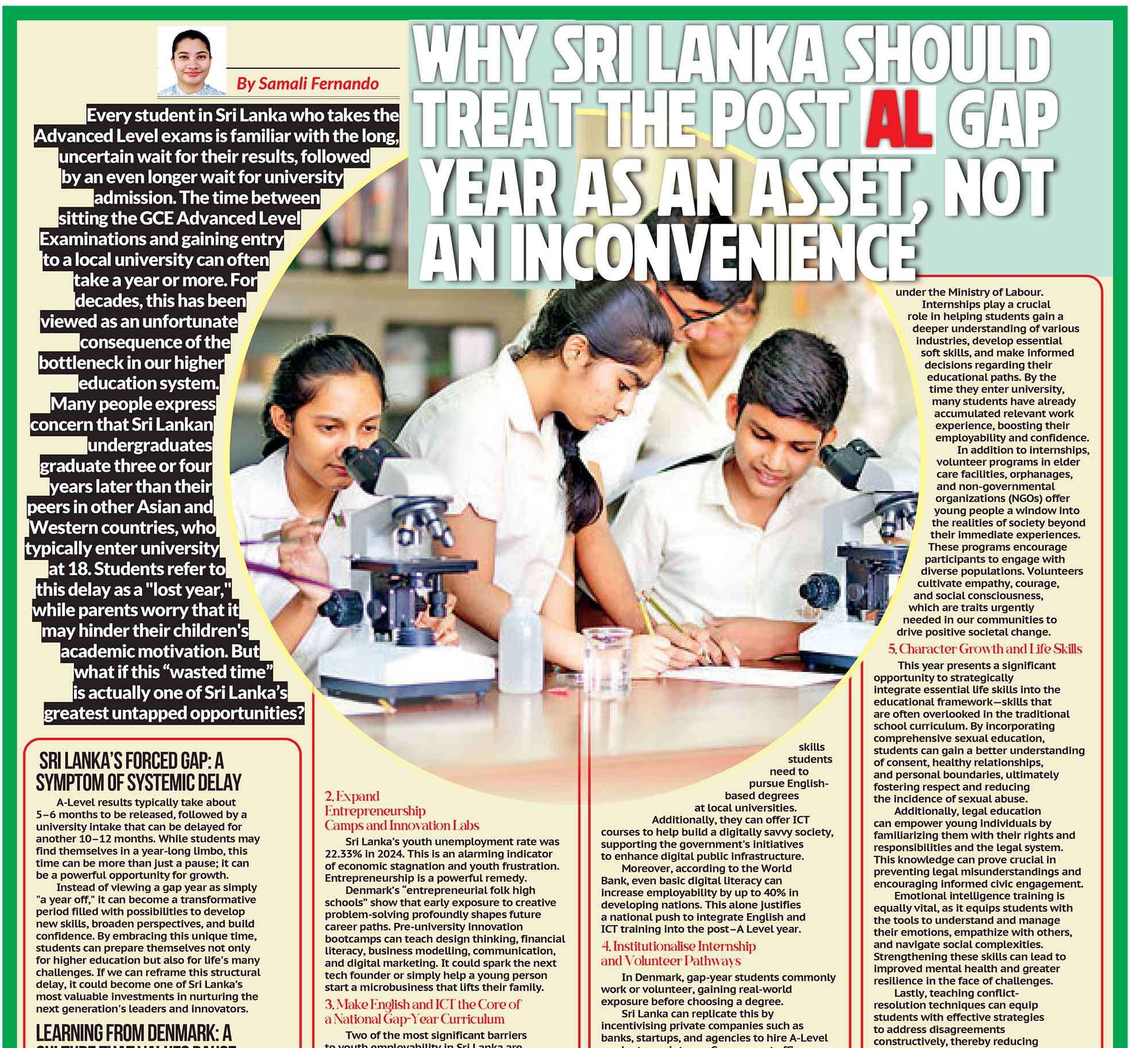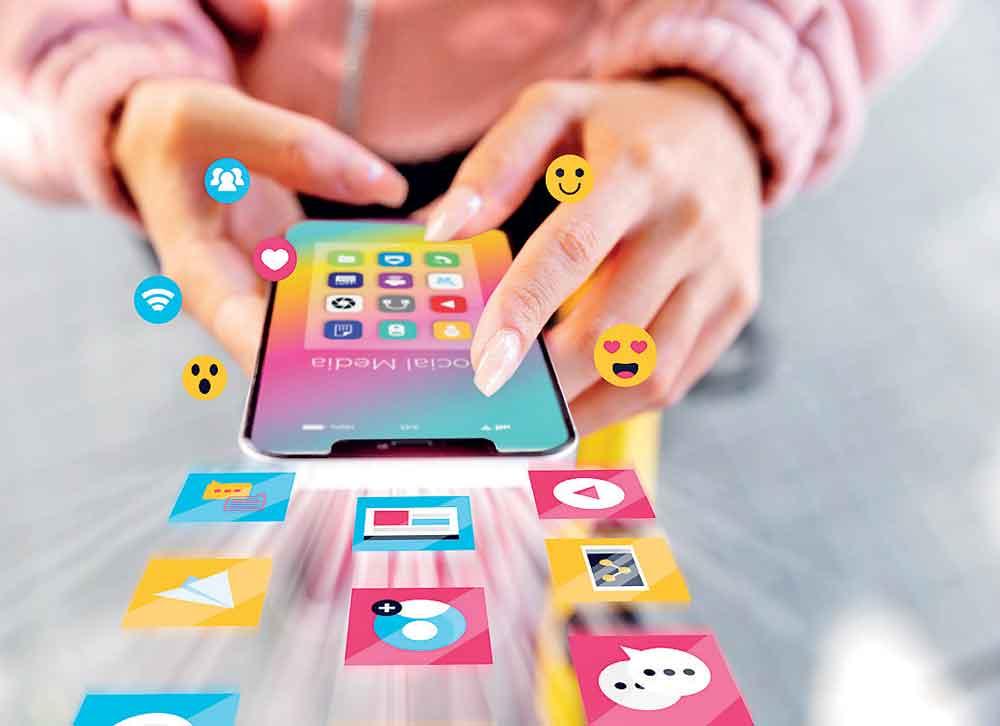
In a world where mental health struggles often go unnoticed and the cost of therapy continues to rise, it’s no surprise that more and more people, especially Gen Z and Millennials, are turning to the internet for emotional validation. Rather than scheduling an appointment with a therapist, many of us are now scrolling through meme pages, watching relatable TikTok’s, and diving into YouTube comment sections, searching for the same comfort and support once found in a therapist’s office.
1. While therapy is still the gold standard for mental health care, the rise of digital emotional support networks, however unorthodox- has become a coping mechanism for many of us. Who needs to pay for a therapist when “xxCloudVibesxx” on YouTube offers the perfect reassurance with the simple words, “Stay strong, stranger”?
2. It’s true, our approach to self-care has evolved into something far more immediate and accessible than ever before. Instead of scheduling appointments, we now receive emotional validation the moment we need it, often through the very devices that were initially blamed for contributing to our mental health issues. Whether it’s a comforting comment on a YouTube video or a TikTok video that speaks to your exact emotional state, social media has become an accidental therapy space for many.
3. Take, for instance, TikTok. In just a few seconds, a 15-second clip can hit the nail on the head with a perfect, relatable portrayal of your exact mood. “POV: You’re overthinking, and it’s almost 3AM,” says one video. As the video cuts to a person silently scrolling through their phone, the caption reads, “We’ve all been there.” For a split second, you feel seen. This person, a complete stranger, gets it. The emotional support is instantaneous, and yet, it’s delivered without judgment or the need for a deep conversation. You just nod and keep scrolling, finding comfort in a shared experience, not therapy.
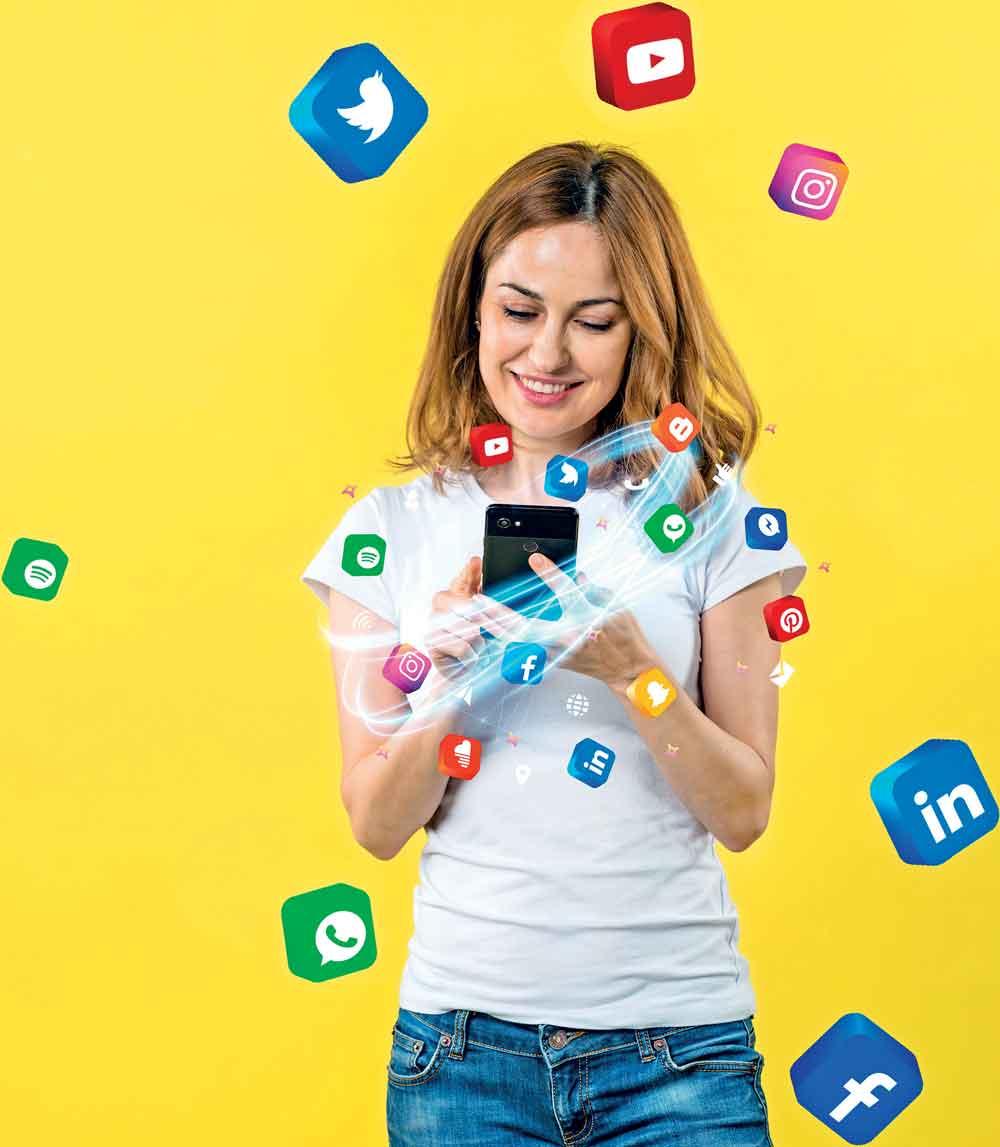
4. But it doesn’t stop there. In the comment sections under emotional or inspirational videos, the collective empathy of strangers is palpable. “If you’re reading this at 3AM and feeling lost, just know you’re not alone,” one comment might read. It’s this kind of anonymous kindness, dished out to anyone who stumbles upon the post, that feels oddly therapeutic. After all, how often do we receive this level of emotional support from people we actually know?
At the end of the day, digital spaces like YouTube comment sections and TikTok are not replacements for therapy, but they do serve as emotional safety nets in a world where it can be difficult to find validation elsewhere.
5. There’s something incredibly raw about the simplicity of these interactions. The comments are often personal and vulnerable in ways that are refreshing. One comment might read, “This song got me through my parents’ divorce, my dog’s death, and my existential dread.
6. Stay strong, stranger.” It’s oddly touching, like a hug from a person you’ll never meet. These comment sections have become safe spaces where people aren’t afraid to share their most intimate feelings, no judgment, just an outpouring of anonymous love.
7. Of course, this digital emotional support is hardly a replacement for real therapy. Therapy provides professional guidance and actionable steps to navigate mental health challenges. You can’t expect a meme or a comment from “BananaBreadSoul97” to help you process grief or trauma in the same way that a licensed therapist can. But there’s no denying that the instant comfort these platforms offer provides a sense of connection, especially when it feels like no one else is listening.
8. This phenomenon raises an important question: why are so many of us turning to the internet for emotional support? Part of it is accessibility, therapy, while valuable, can be expensive and difficult to access for some. The internet, on the other hand, is free, open 24/7, and offers instant emotional gratification. Instead of booking an appointment and waiting days or weeks to see someone, we can turn to our phones and be met with an empathetic comment or an emotional meme in seconds.
9. Perhaps it’s also a reflection of the social media-driven culture in which we live. Validation is now a currency. Likes, shares, and comments act as indicators of worth. In many ways, our digital lives have become extensions of ourselves. So, it makes sense that we would seek validation from the same platforms that we use to share our lives. Social media, for all its faults, has created a space where people can be vulnerable in ways that were once reserved for therapy. And while these interactions may lack the depth and structure of professional counseling, they provide a form of solace that’s hard to ignore.
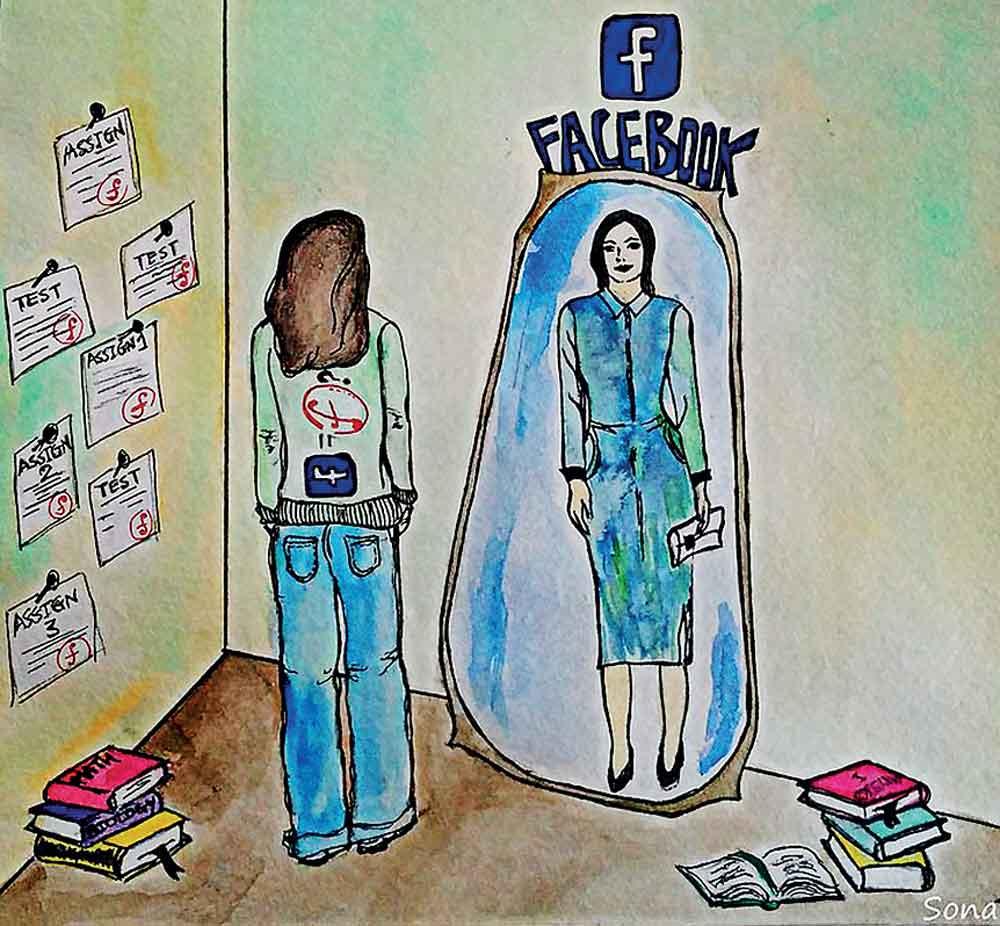
10. But there’s a catch. While the internet offers emotional support, it doesn’t always provide solutions. In fact, scrolling through endless memes or watching emotional TikTok’s can sometimes be a form of avoidance, a way to distract ourselves from confronting deeper issues. The internet is full of quick fixes, but real healing requires more than a viral video or a funny meme.
11. At the end of the day, digital spaces like YouTube comment sections and TikTok are not replacements for therapy, but they do serve as emotional safety nets in a world where it can be difficult to find validation elsewhere. In a time when many people are feeling isolated and disconnected, these online interactions provide comfort and a sense of community, even if it’s temporary.
12. So, while I continue to scroll through the comment sections for reassurance, I’m also aware that I’ll eventually have to take the deeper dive into therapy, where the real healing can happen. But until then, I’ll keep returning to those kind strangers on the internet, soaking up their words of comfort, and hoping that one day, I’ll find the strength to actually show up in a therapist’s office. For now, “xxCloudVibesxx” and “BananaBreadSoul97” will continue to be my emotional support team.


